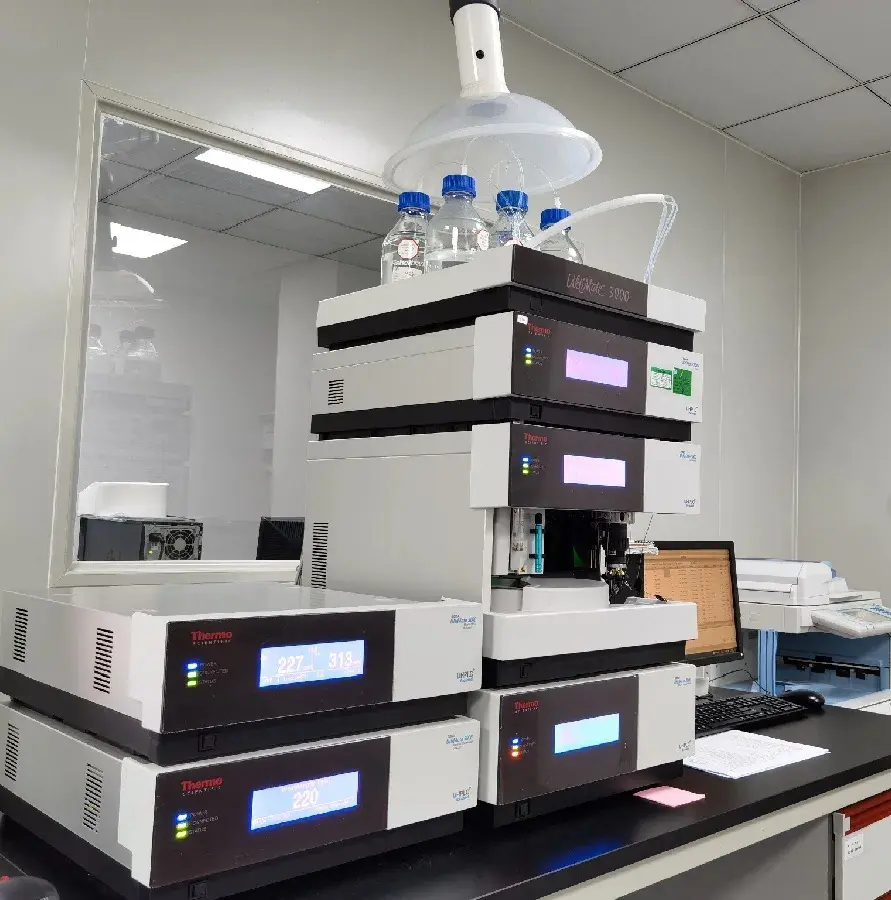
Medical Device Cleaning Validation
Cleaning validation is a critical step to ensure that medical device manufacturing equipment can effectively remove residues (such as product residues, cleaning agent residues, MICroorganisms, etc.) after product or batch changes, to prevent cross-contamination. This guideline aims to provide technical guidance on cleaning validation for medical device manufacturers to ensure the cleaning process meets relevant regULatory and standard requirements.

Scope of Application
This guideline applies to the cleaning validation of equipment, tooling, containers, and other items that directly contact products during the medical device manufacturing process.
Regulatory Basis
- ISO 13485:2016 - Medical Device Quality Management Systems - Requirements for Regulatory Purposes
- FDA 21 CFR 820 - Quality System Regulation for Medical Devices
- Medical Device Quality Management Regulations and its Appendices
- Good Manufacturing Practice (GMP) requirements
Basic Principles of Cleaning Validation
2.1 Scientific Basis
Cleaning validation should be based on scientific risk assessment to determine key cleaning parameters and acceptable standards.
2.2 Reproducibility
The cleaning process should be reproducible, ensuring consistent cleaning results after different batches or product changes.
2.3 Traceability
All data and records from cleaning validation should be complete, traceable, and easily accessible for subsequent review and analysis.
Steps of Cleaning Validation
3.1 Risk Assessment
- Identify key equipment: Identify equipment, tooling, and containers that directly contact the product.
- Identify residues: This includes product residues, cleaning agent residues, microorganisms, etc.
- Determine key cleaning parameters: Such as detergent concentration, cleaning time, temperature, flow rate, etc.
3.2 Develop Cleaning Validation Plan
- Validation objectives: Define the specific objectives of cleaning validation, such as removal of specific residues.
- Validation scope: Identify the equipment, tooling, and containers that need validation.
- Validation methods: Including sampling methods, detection methods, and acceptable standards.
- Validation cycle: Define the frequency of validation and conditions for revalidation.
3.3 Develop Cleaning Procedures
- Detergent selection: Choose appropriate cleaning agents, ensuring their effectiveness and safety.
- Optimize cleaning parameters: Experimentally determine the optimal cleaning parameters (such as time, temperature, concentration, etc.).
- Document cleaning procedure: Write the cleaning procedure into a Standard Operating Procedure (SOP).
3.4 Sampling and Detection
- Sampling methods:
- Direct sampling method: Use cotton swabs or wipes to sample from equipment surfaces.
- Rinse water sampling method: Collect the rinse water after cleaning for analysis.
- Detection methods:
- Chemical detection: Detect product residues and cleaning agent residues (e.g., HPLC, TOC analysis).
- Microbial detection: Detect microbial contamination (e.g., total bacterial count, endotoxin testing).
- Acceptable standards:
- Product residue: ≤ 10 ppm (or based on toxicological evaluation).
- Cleaning agent residue: ≤ 1/1000 of the Acceptable Daily Exposure (ADE).
- Microbial limits: Meet product microbial requirements.
3.5 Validation Implementation
- Installation Qualification (IQ): Confirm that the cleaning equipment is correctly installed and meets design specifications.
- Operational Qualification (OQ): Confirm that the cleaning equipment operates stably under pREDefined conditions.
- Performance Qualification (PQ): Confirm that the cleaning procedure effectively removes residues under actual production conditions.
3.6 Data Analysis and Reporting
- Data collection: Record all sampling and detection data.
- Data analysis: Use statistical tools to analyze the data and confirm if cleaning effectiveness meets the acceptable standards.
- Validation report: Summarize the validation process, data, and conclusions, and file the report after approval by relevant departments.
Revalidation
4.1 Conditions for Revalidation
- Significant changes to the cleaning procedure (e.g., change in cleaning agent, equipment modifications).
- Changes in the products being produced (e.g., introduction of new products).
- Regular revalidation (e.g., annually).
4.2 Revalidation Scope
Determine the scope of revalidation based on the impact of the changes, which may include some or all validation steps.
Common Issues and Solutions
5.1 Cleaning Effectiveness Does Not Meet Standards
- Cause: Inappropriate setting of cleaning parameters or incorrect cleaning agent selection.
- Solution: Re-optimize cleaning parameters or switch cleaning agents.
5.2 Residue Detection Results Are Unstable
- Cause: Non-standard sampling methods or inaccurate detection methods.
- Solution: Standardize the sampling method or validate the accuracy of the detection methods.
5.3 Microbial Contamination
- Cause: Inadequate drying of equipment post-cleaning or improper storage conditions.
- Solution: Improve drying procedures or optimize storage conditions.
Appendices
- Cleaning Validation Plan Template
- Sampling Record Template
- Testing Report Template
- Validation Report Template
Prepared by: XXX
Reviewed by: XXX
Approved by: XXX
Date: XX/XX/XXXX
Email:hello@jjrlab.com
Write your message here and send it to us
 Differences Between FDA and LFGB for Food Contact
Differences Between FDA and LFGB for Food Contact
 Process and Precautions for Amazon CPC Certificate
Process and Precautions for Amazon CPC Certificate
 E-mark Certification Testing Service Laboratory
E-mark Certification Testing Service Laboratory
 Amazon ISO/IEC 17025 UL Testing Service Laboratory
Amazon ISO/IEC 17025 UL Testing Service Laboratory
 How to get CE Certification for Lighting Products?
How to get CE Certification for Lighting Products?
 CE Certification Standards & Process for Elect
CE Certification Standards & Process for Elect
 Japan METI Registration & Japanese Agent Servi
Japan METI Registration & Japanese Agent Servi
 Temperature Shock Test (IEC 60068-2-14:2009)
Temperature Shock Test (IEC 60068-2-14:2009)
Leave us a message
24-hour online customer service at any time to respond, so that you worry!




